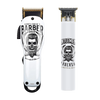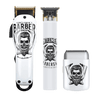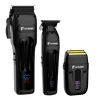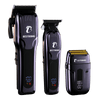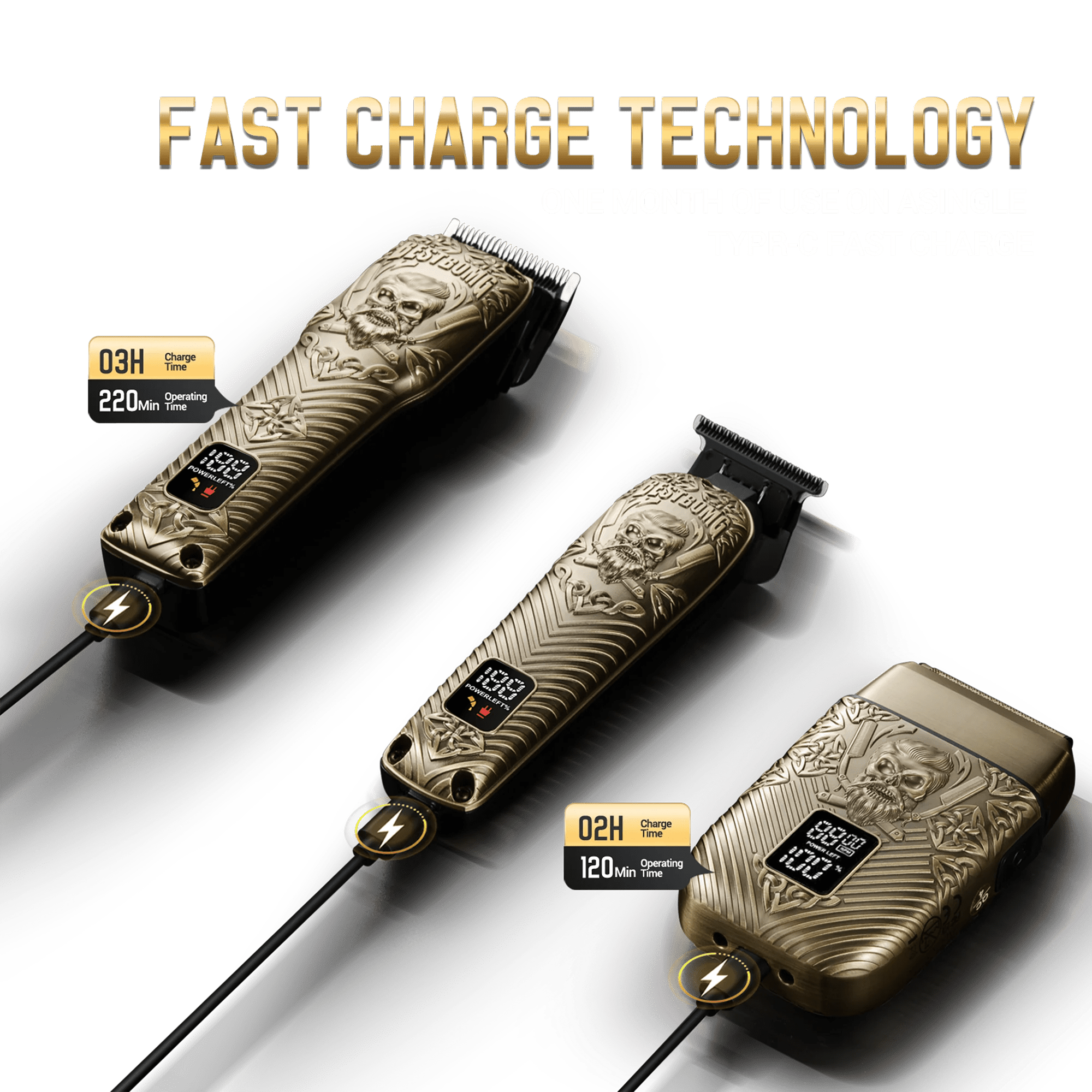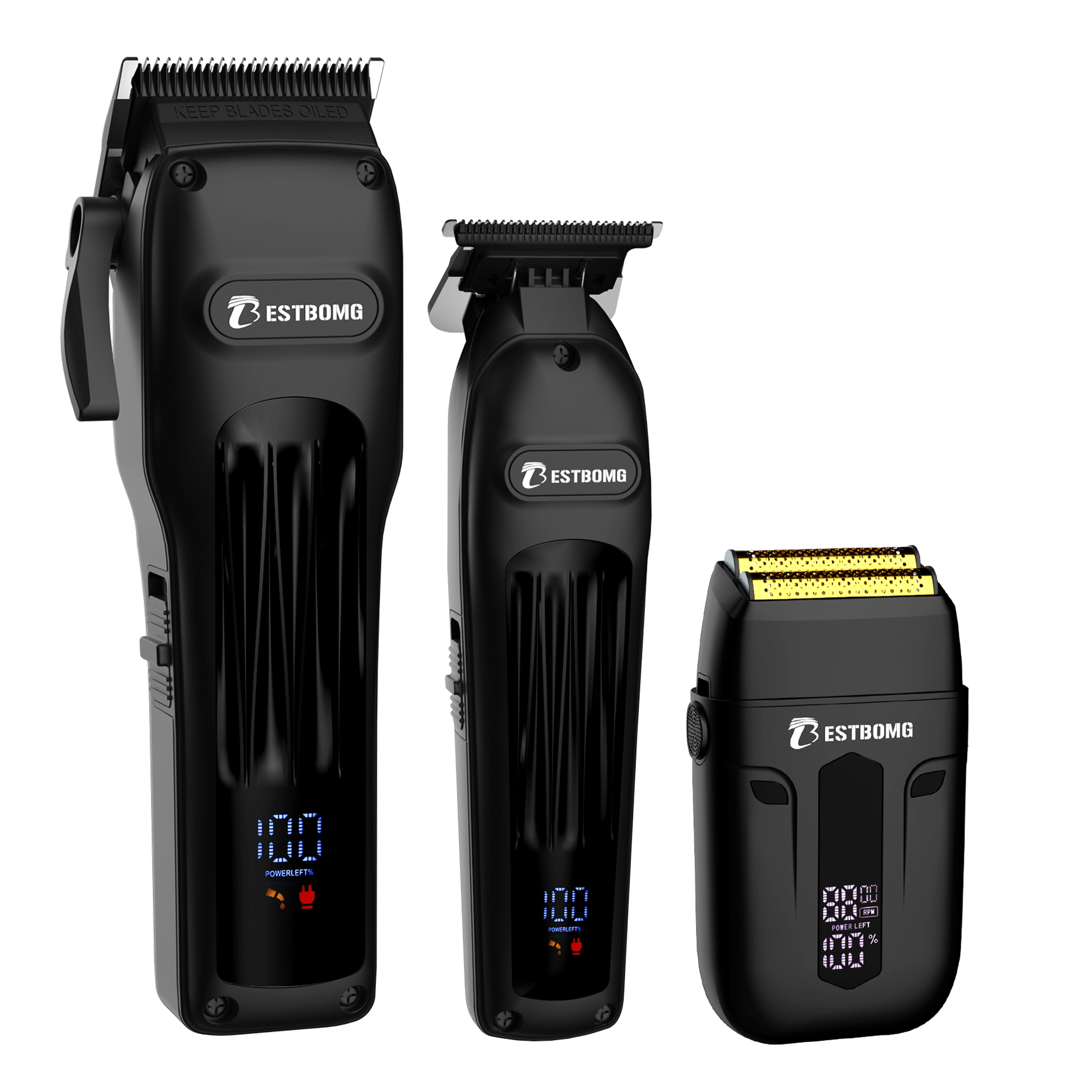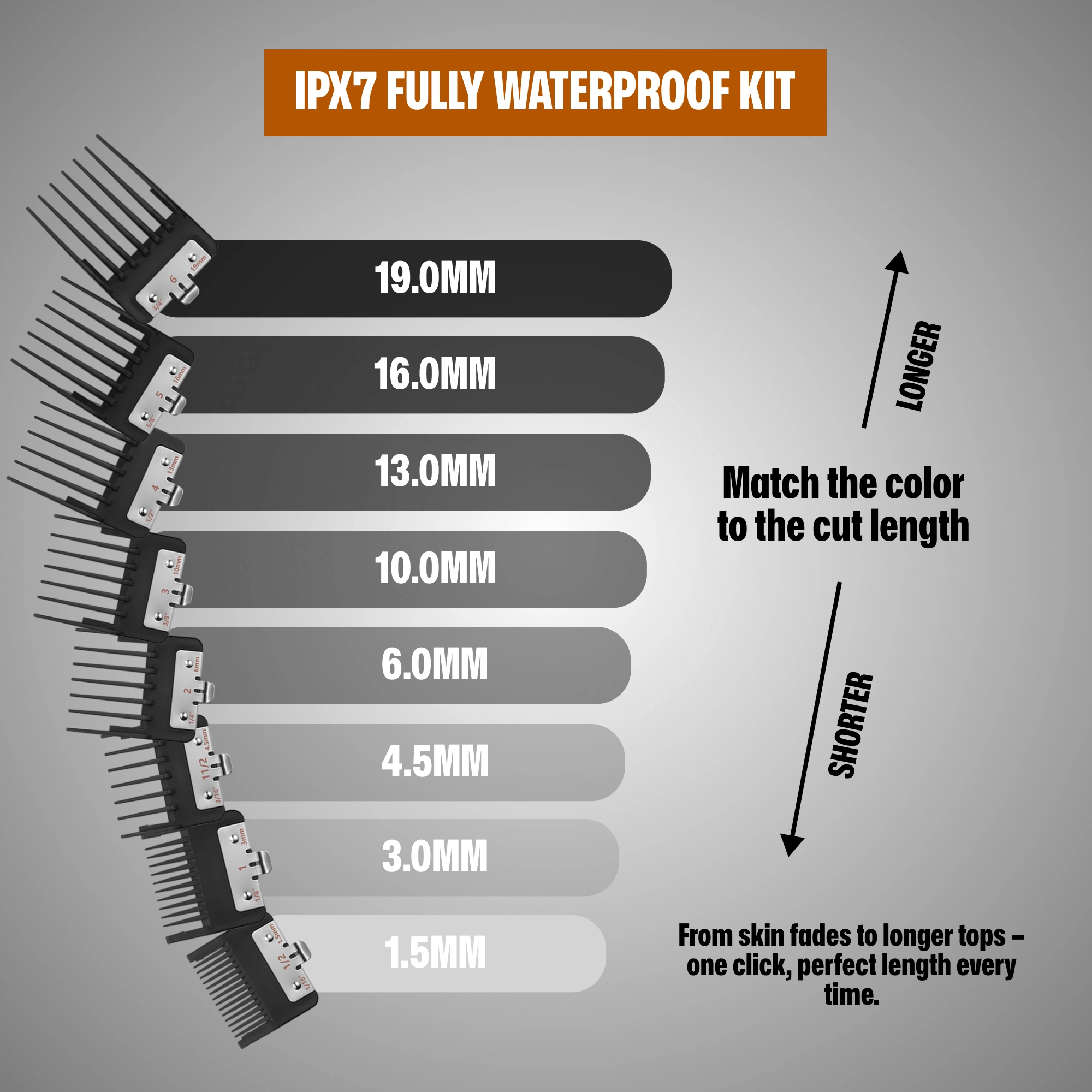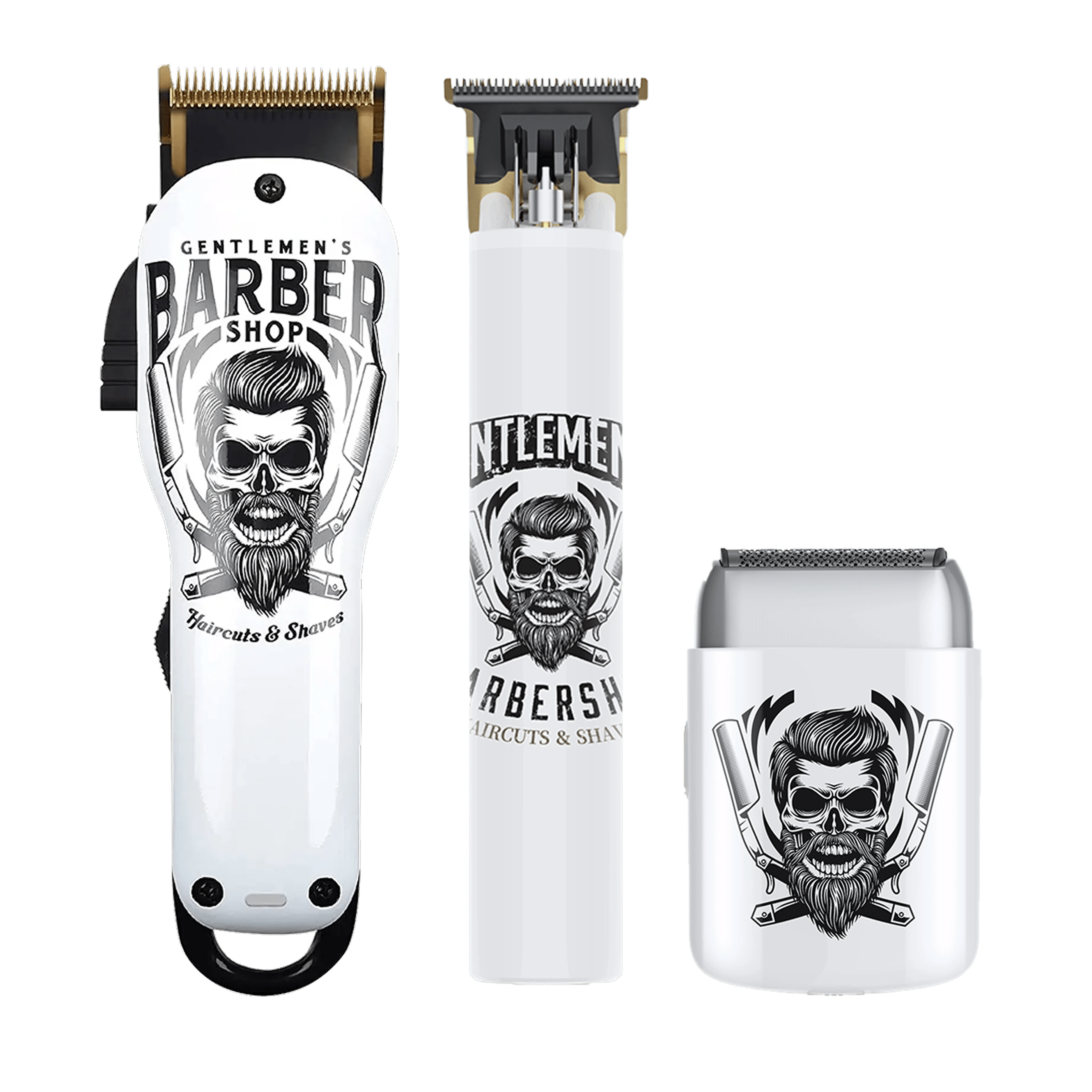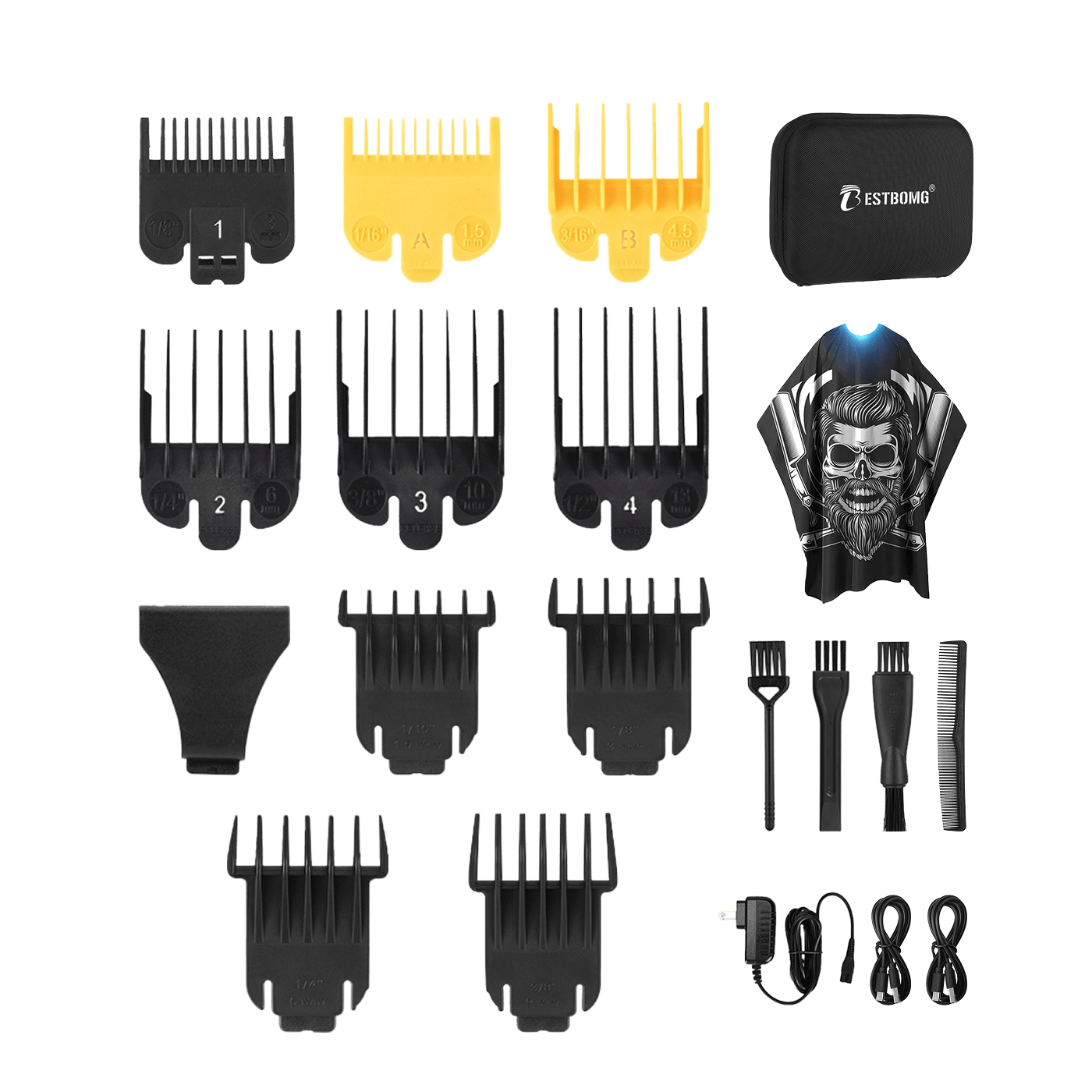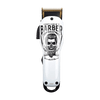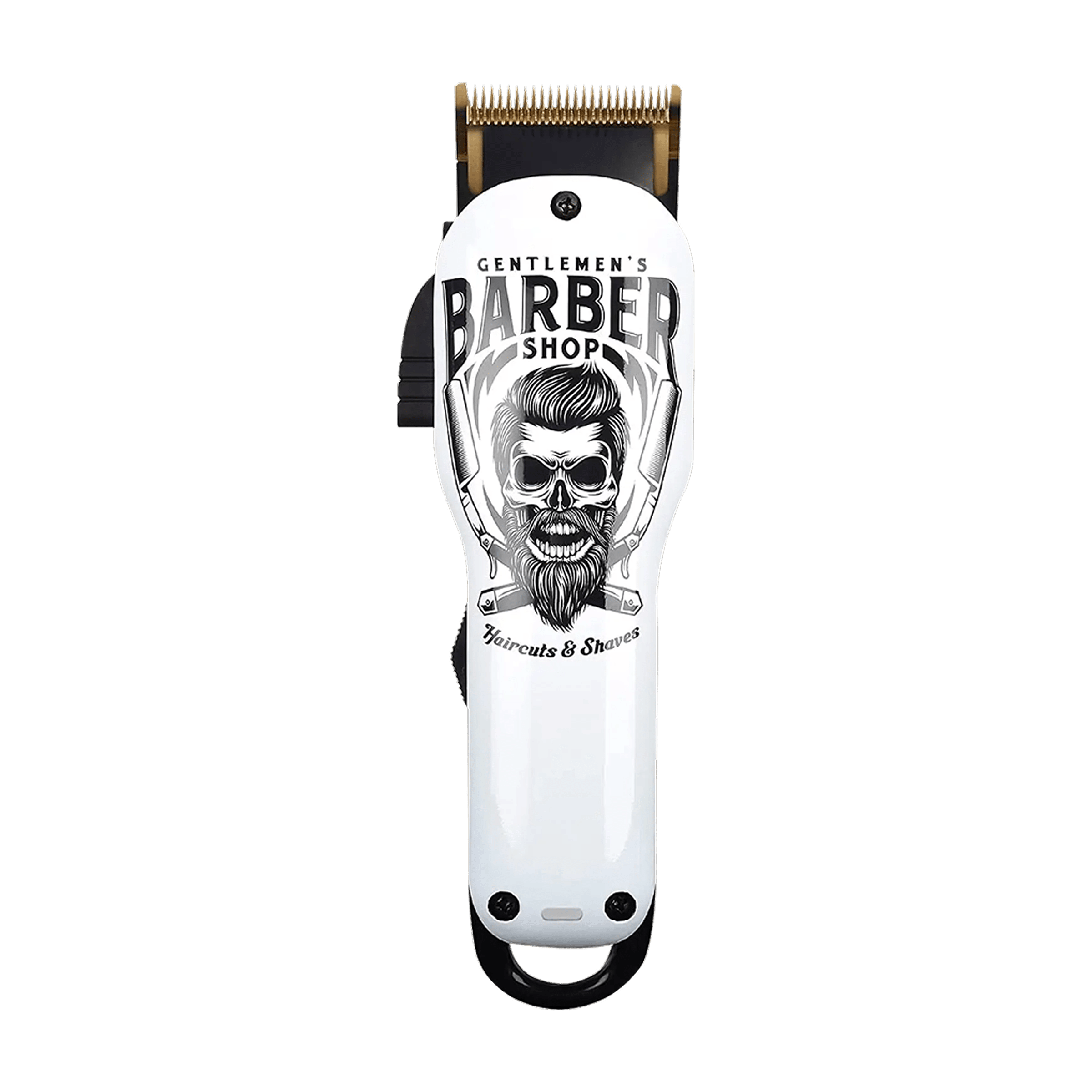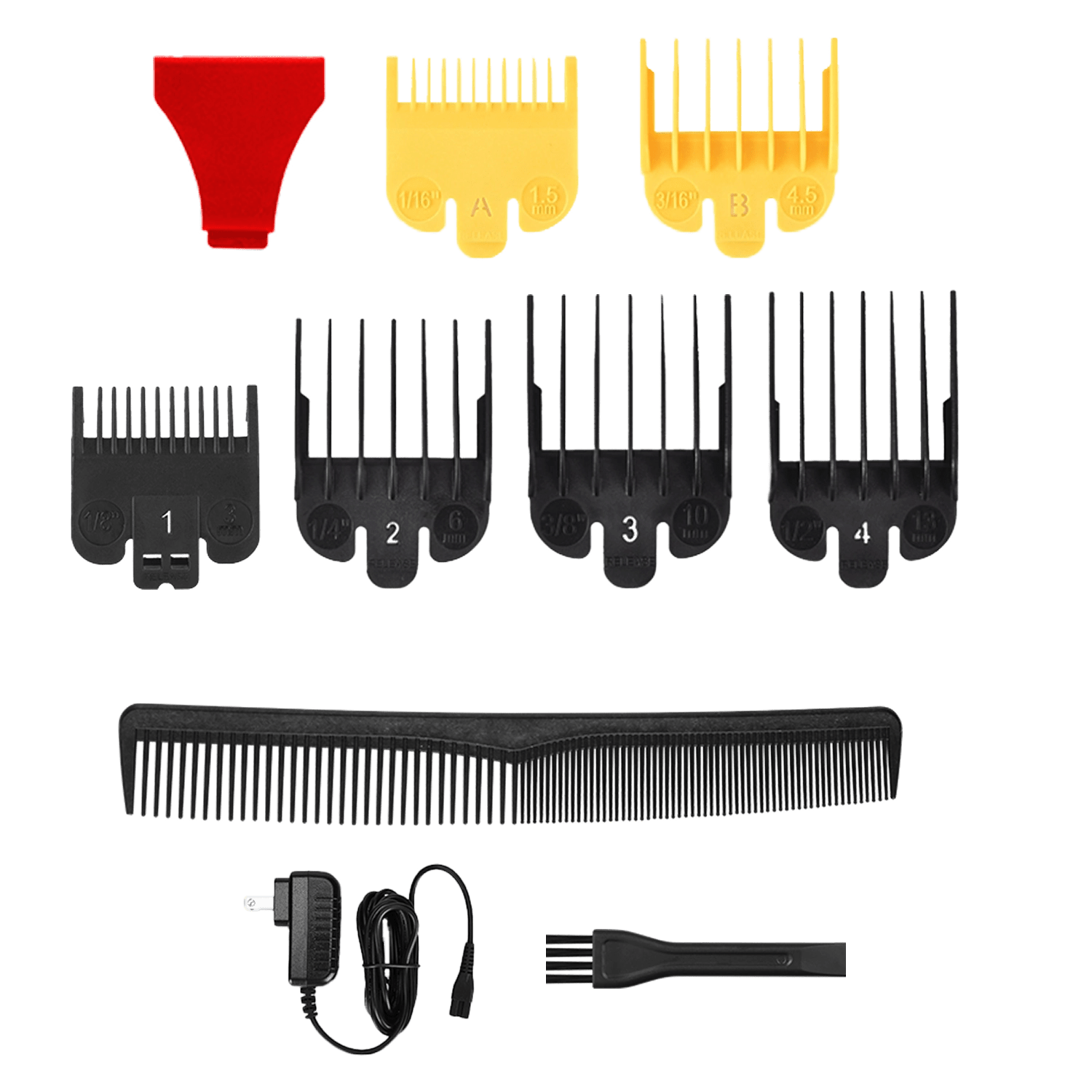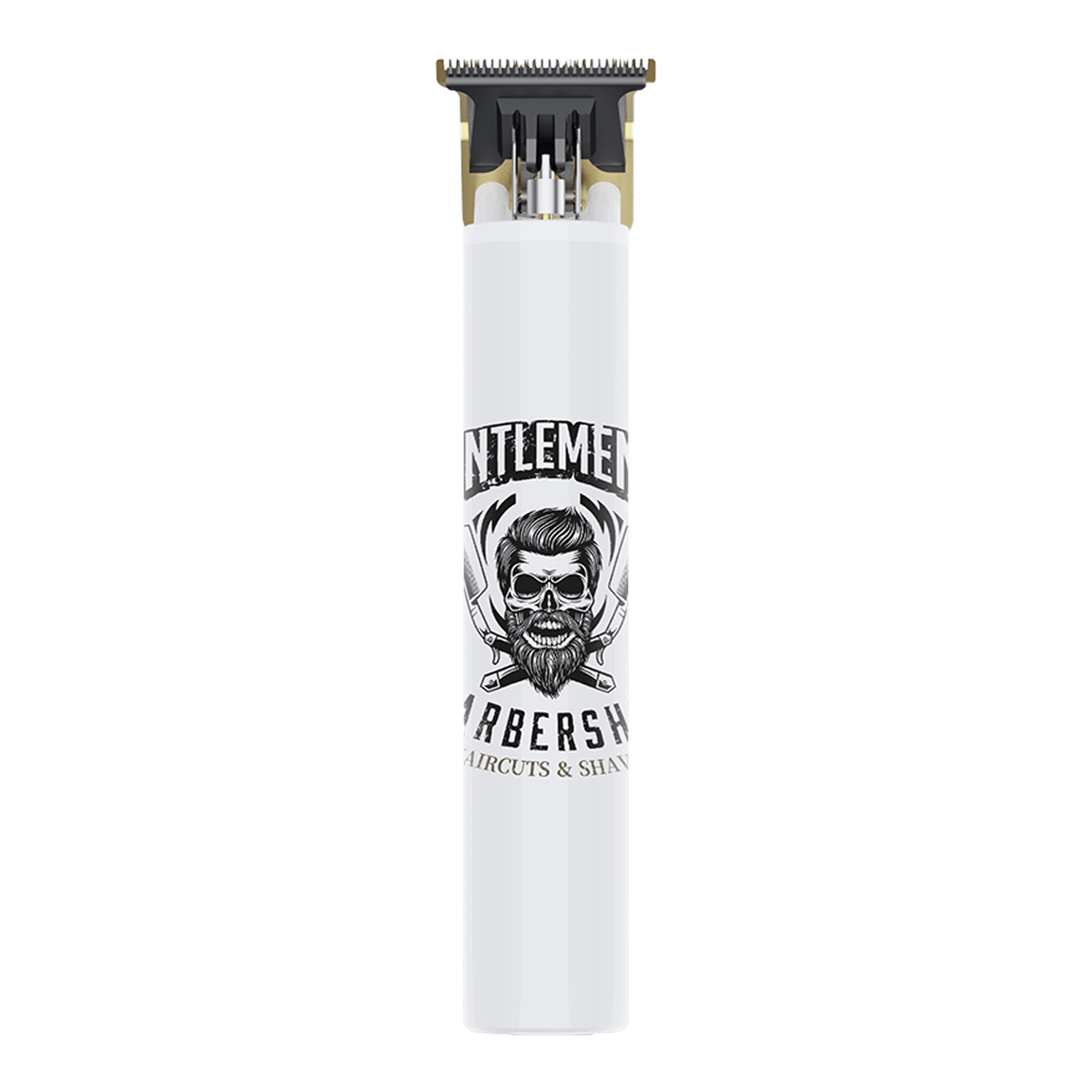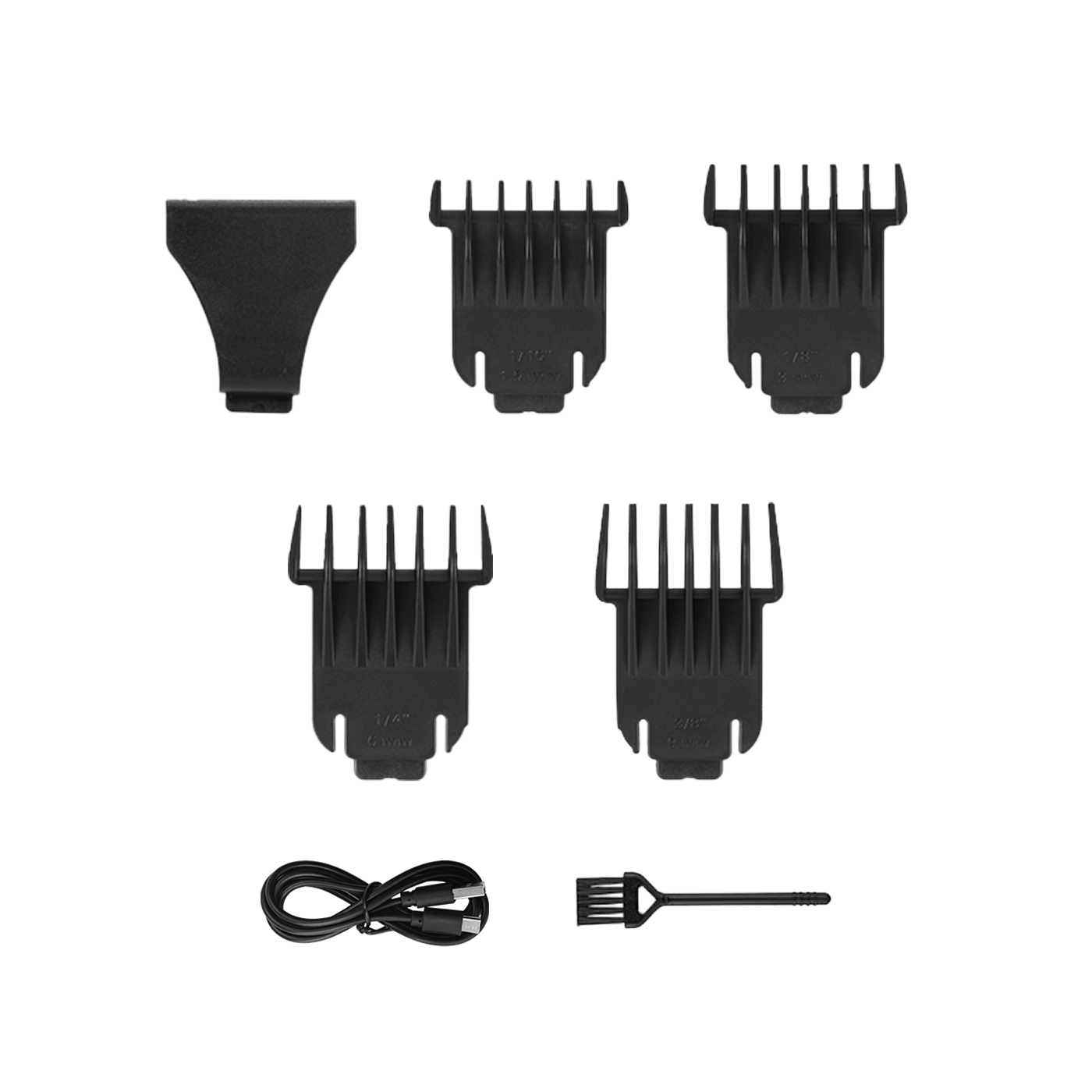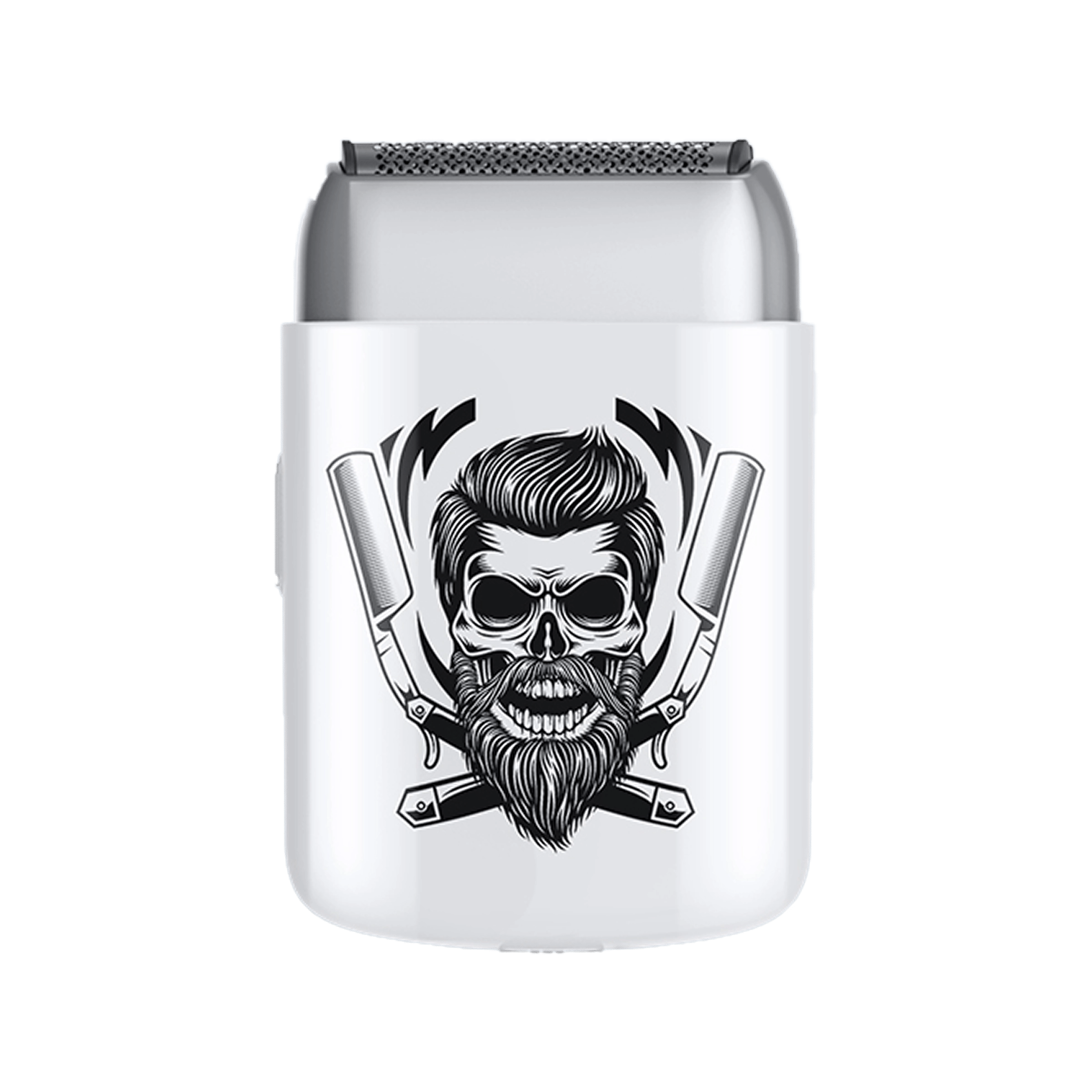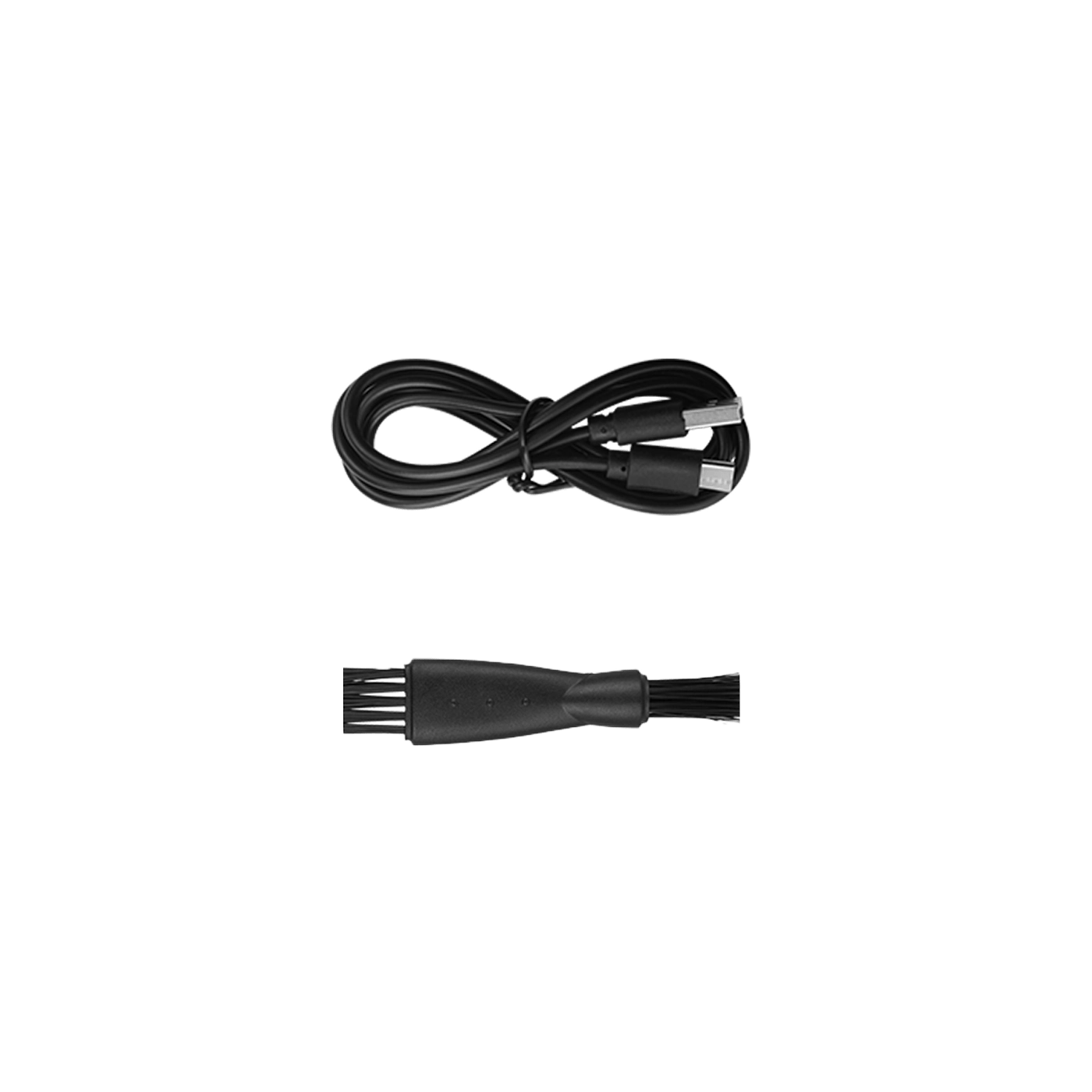If you’ve ever wondered how a foil shaver works, here’s the simple version: a foil shaver uses a thin, perforated metal screen (the “foil”) to guide stubble into fast, side‑to‑side blades underneath. Hair slips through the tiny holes; the blades slice it off level with your skin. The foil acts as a protective barrier, which is why foil shavers often feel close yet gentle, especially for daily shaves.
Below, we’ll break down the parts, the physics of that “close but comfortable” feel, when a foil shaver beats a rotary, how to use it for the best results (wet or dry), maintenance, and the common downsides to know—without the jargon.
Quick definition: What is a foil shaver?
A foil shaver is an electric shaver in which straight, oscillating (reciprocating) cutters live beneath a thin, perforated screen. As you glide the flat foil across your skin, stubble pokes through the micro‑holes and is cut by the blades moving side‑to‑side at high speed. It’s one of the two main types of electric shavers (the other is rotary).
What does a foil shaver do?
It delivers a fast, skin‑level shave using straight strokes—great for daily face shaves, clean cheek/neck lines, and head shaving on flatter areas. Many users pick foils for precision and comfort.
Inside the head: the parts that matter (and what each does)

Think of a foil shaver head as a little assembly line:
- Foil(s) – the thin, micro‑perforated metal screens that touch your skin. The micro‑holes let short hairs in while shielding skin from the moving cutters. Premium foils often vary the hole pattern to capture different hair lengths or directions.
- Cutters – straight blades that oscillate rapidly beneath the foil to shear hairs flush with the skin. (This back‑and‑forth motion is what makes foils “buzz.”)
- Middle/“pre‑trimmer” bar (on many models) – a central element designed to catch and lift longer or flat‑lying hairs so the outer foils can finish them close. You’ll see this described as a “center trimmer” or similar in product literature.
- Floating/suspension system – many shavers mount the foils on flexing frames so they maintain light, even contact across curves without pressure.
- Motor – drives the oscillation. Brands talk up “linear” or “high‑speed” motors to keep cutting power steady as the battery drains.
How it all works together: as you make short, straight passes, the foil’s holes funnel bristles to the cutters; any stubborn or longer hairs are pre‑trimmed by the center element; the flexing foils keep contact light and even. Result: fast, close, uniform stubble removal with minimal pressure.
Why do foil shavers feel so close?
Three big reasons tend to come up across brand guides and shaver reviewers:
- Thin metal barrier: the foil is extremely thin, so hair is cut very near skin level while skin stays protected behind the screen.
- Straight‑line control: the flat head favors short, overlapping strokes that naturally produce an even finish—especially on cheeks and other flat areas.
- Specialized elements: multi‑foil heads, “intercept” trimmers, and sharp inner blades (e.g., 30‑degree honed edges) help catch mixed hair lengths and directions and slice them cleanly.
Many comparison guides and store explainers note that foils often shave closer than rotary on flat zones, while rotary can feel easier over very curvy areas.
Foil vs. rotary (quick context)
Foil = straight strokes, high precision, daily closeness. Easy to rinse/replace foil “cassettes.” Preferred by many barbers and daily shavers on flatter facial areas.
Rotary = circular motion, excels on curvy faces and 2–5 day growth, comfortable on jaw/chin with multi‑direction grain.
If you shave most days, start foil; if you go several days between shaves and struggle on the neck/chin curves, rotary can be easier.
Step‑by‑step: how to use a foil shaver for a closer, gentler shave
Prep smart
- Wash and dry your face (or apply a light gel if your model supports wet shaving). Many modern foils are designed for wet/dry use; check your model.
- If your stubble is 3–5 days long, do a quick pre‑trim with a clipper or the shaver’s pop‑up trimmer so the foils don’t chase very long hairs. (Brand tips often recommend pre‑trimming longer growth.)
Use short, straight, overlapping strokes: Keep the foil flat against your skin. Go with the grain first if you’re sensitive, then against the grain for closeness. Use your free hand to stretch the skin slightly so hairs stand up.
Low pressure wins: Let the motor do the cutting. Pressing hard bends skin into the foil, reducing comfort and closeness.
Work zone by zone: Cheeks → jaw/chin → neck → mustache area. Change angles slightly to catch cross‑growth; stubborn flat hairs often fall to a second pass with a light touch.
Rinse/clean, then finish: If your model is waterproof, rinse the head under the tap, or brush it out. A drop of lubricant (if your brand recommends it) reduces heat and wear. Moisturize skin after for comfort.
Common mistakes (and easy fixes)
- Tugging on longer growth → Pre‑trim quickly, then shave.
- Irritation → Lighter pressure, shorter strokes; try with‑the‑grain first; use wet mode if compatible.
- Patchy neck → Stretch the skin, slow down, and vary your angle; do two gentle passes instead of one aggressive one.
- Not close enough → Make a second, light pass against the grain, keeping the foil flat. Clean the head and ensure it’s lubricated.
Disadvantages of foil shavers (to set expectations)
No tool is perfect. Across manufacturer explainers:
- Noise – foils are typically louder (that high‑frequency buzz) than rotary shavers.
- Curves & flat‑lying hairs – foils can need more angle changes around the chin/neck; models combat this with floating heads and center trimmers, but some faces still prefer rotary here.
- Long growth – very long or matted bristles are better pre‑trimmed before you shave.
Maintenance: cleaning, lubrication & when to replace parts
Clean after every shave. Tap out clippings; if your model is waterproof, rinse the cassette/head. Regular cleaning keeps performance high and reduces heat. Many brands sell cleaning stations or recommend a simple rinse + a dab of oil.
Replacement intervals:
- Braun (foil shavers): the brand recommends replacing the shaving head about every 18 months for peak performance (your interval may vary with beard type/frequency).
- Panasonic (foil shavers): the support page generally suggests outer foils yearly and inner blades every ~2 years.
Signs it’s time: more passes needed, tugging despite cleaning, increased heat/noise, or visible damage to the foil. (Never use a cracked/dented foil.)
How close is “close”? (What to expect vs. a manual razor)
High‑end foils are engineered for very low cutting heights and even power delivery across the stroke. Some reviewer guides and store explainers credit:
- Thinner foils + sharp inner blades (e.g., 30‑degree honed edges) for efficient “at‑skin” cutting, and
- Multi‑foil cassettes with varied hole patterns to catch short, long, and flat hairs.
Plenty of grooming writers and retailers describe foil shavers as closer than rotary on flat zones, though your skin, technique, and model matter. In short: expect a very close electric shave, usually not quite as bare as a fresh blade razor, but impressively near skin level with less irritation for many users.
Wet vs. dry: which should you choose?
Most modern foil shavers are designed for dry shaving and many support wet shaving with gel/foam. Dry is quicker and easy for daily use; wet can add slip and comfort for sensitive skin—just verify your device’s wet/dry rating.
Tip: If you’re going wet, wash and rinse well first; if you’re going dry, many brand tips suggest shaving before washing your face, since warm water can plump the skin. Try both and stick with what your skin likes.
When to pick foil vs. rotary (one last decision check)
- Daily shaves & precise lines → Foil
- Curvy jaw/neck & 2–5 day growth → Rotary
- Head shaving → Foil is superb on flatter scalp areas; rotary can feel easier around pronounced curves.
If you’re new to electric, many users start with foil for its straightforward “straight‑stroke” motion.
Bottom line
A foil shaver is a clever mix of a thin, perforated screen and rapid, oscillating cutters that slice stubble at skin level while guarding your skin—why it often feels close, fast, and gentle. Use short, straight strokes, light pressure, and clean the head after each shave. If your growth is long, pre‑trim first. Prefer straighter lines and daily shaves? Foil likely suits you. Want a simple, budget‑friendly starting point? Check out BESTBOMG Y4 Electric Shaver and the Premium Electric Shaver for travel‑friendly, waterproof options.
Frequently Asked Questions:
What are the disadvantages of foil shavers?
They can be noisier than rotary and sometimes require more angle changes around curvier areas (chin, Adam’s apple). Long or flat‑lying hairs may need a pre‑trim or benefit from shavers with a center “intercept” trimmer.
How close of a shave does a foil shaver give?
Very close for an electric—often closer than rotary on flatter areas, thanks to thin foils and sharp inner blades. Multi‑foil cassettes and advanced blade geometry help catch and cut short, mixed‑direction stubble efficiently.
Do you wet or dry shave with a foil shaver?
Both are common. Many models are wet/dry; dry is faster, wet can add comfort if you’re sensitive. Check your device’s rating and the brand’s instructions.
Is a foil shaver better for your skin?
Many users with sensitive skin prefer foils because the screen isolates skin from the cutters, allowing a light‑pressure shave. Technique and prep matter more than anything—light strokes, clean head, and (if needed) wet shaving.
How often should I replace the foils and blades?
As a rule of thumb: Braun suggests a ~18‑month head replacement cycle (varies by usage); Panasonic generally advises outer foil yearly and inner blades every ~2 years. Replace sooner if you notice tugging, more passes, or visible damage.
Read more

Can You Bring Hair Clippers on a Plane? TSA Rules & Travel Tips
Short answer: Yes. Hair clippers are allowed in both carry‑on and checked bags under TSA rules. Electric shavers are allowed too. If you pack scissors, ensure the blades are under 4 inches (from th...
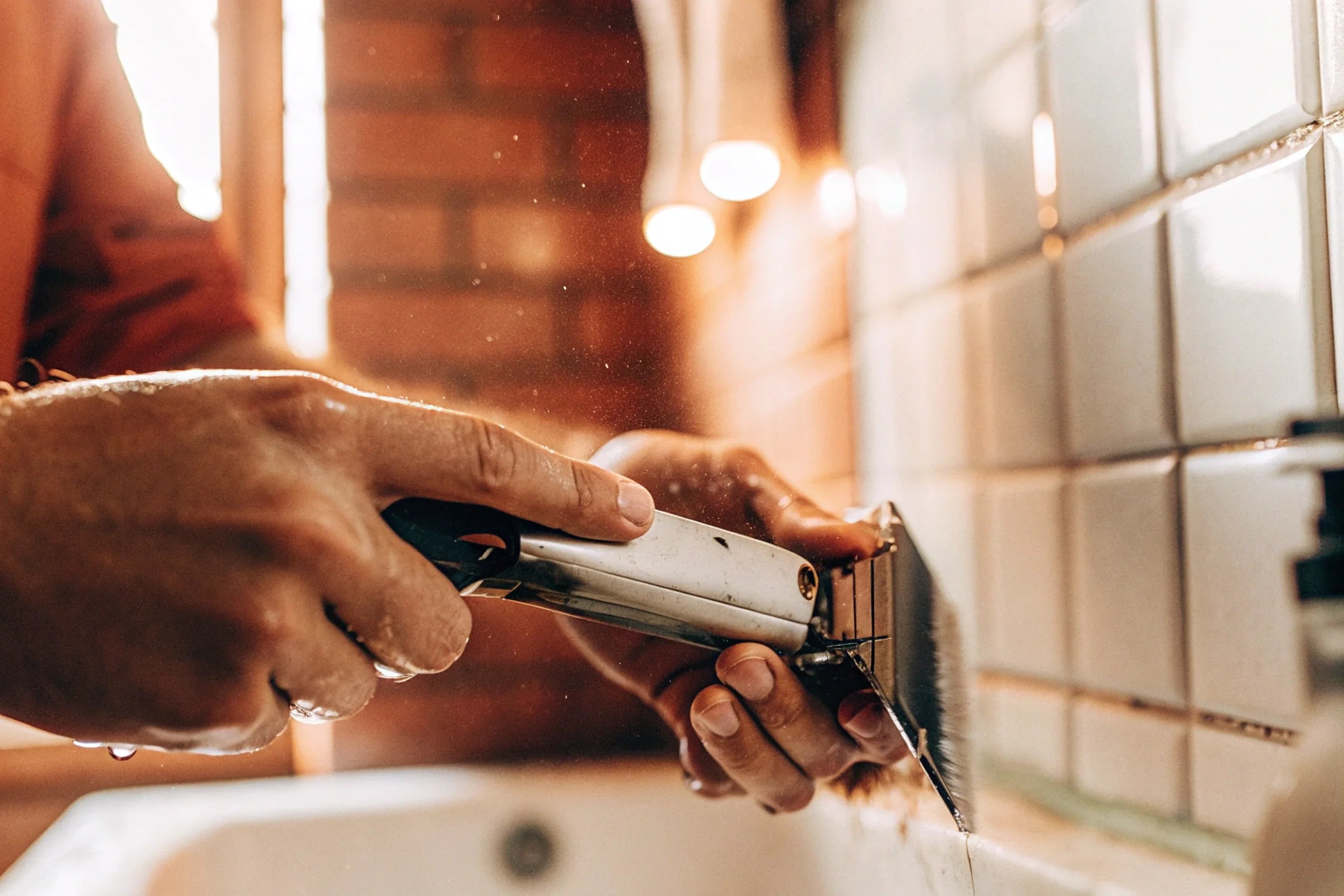
How to Oil Hair Clippers: Keep Them Sharp & Smooth
If your clippers tug, run hot, or get louder over time, odds are they’re dry. The fix is fast: a few drops of clipper oil—done right and done often. In this guide, you’ll learn how to oil hair clip...
